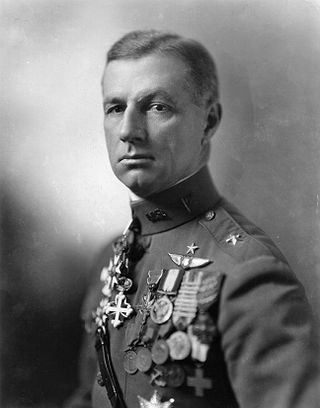
William Lendrum Mitchell was a United States Army officer who is regarded as the father of the United States Air Force.

Carl Andrew Spaatz, nicknamed "Tooey", was an American World War II general. As commander of Strategic Air Forces in Europe in 1944, he successfully pressed for the bombing of the enemy's oil production facilities as a priority over other targets. He became Chief of Staff of the newly formed United States Air Force in 1947.
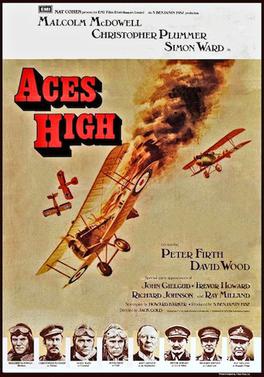
Aces High is a 1976 war film starring Malcolm McDowell, Peter Firth, Christopher Plummer and Simon Ward. The film, which is an Anglo-French production, is based on the 1928 play Journey's End by R. C. Sherriff with additional material from the memoir Sagittarius Rising by Cecil Lewis. It was directed by Jack Gold. The screenplay was written by Howard Barker.

Mason Mathews Patrick was a general officer in the United States Army who led the United States Army Air Service during and after World War I and became the first Chief of the Army Air Corps when it was created on July 2, 1926.
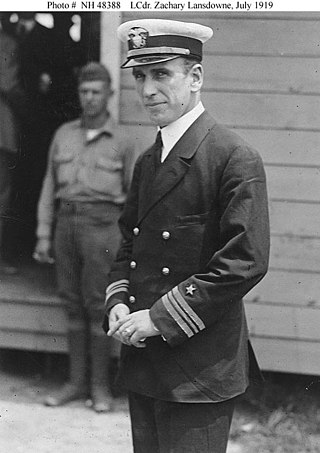
Lieutenant Commander Zachary Lansdowne, USN was a United States Navy officer and early Naval aviator who contributed to the development of the Navy's first lighter-than-air craft. He earned the Navy Cross for his participation in the first transoceanic airship flight while assigned to the British R34 in 1919. He later commanded the USS Shenandoah (ZR-1), which was the first rigid airship to complete a flight across North America. He was killed in the crash of the Shenandoah.
Flight from Ashiya is a 1964 film about the U.S. Air Force's Air Rescue Service, flying from Ashiya Air Base, Japan. In this American-Japanese co-production film set in the early 1960s, a flight crew's mission is to rescue a liferaft of Japanese civilians stranded in rough seas. The film was based on the 1956 novel Rescue! by Elliott Arnold. It was released in Japan as Ashiya Kara no hiko.
The Andersonville Trial is a 1959 hit Broadway play by Saul Levitt. It was later adapted into a television production and presented as part of the PBS anthology series Hollywood Television Theatre.

Frank R. Reid was an American lawyer and politician who served six terms as a U.S. Representative from Illinois from 1923 to 1935.

Command Decision is a 1949 war film released by Metro-Goldwyn-Mayer starring Clark Gable, Walter Pidgeon, Van Johnson, and Brian Donlevy, and directed by Sam Wood, based on the 1948 stage play of the same name written by William Wister Haines, which he based on his best-selling 1947 novel. The screenplay for the film was written by George Froeschel and William R. Laidlaw. Haines' play ran on Broadway for almost a year beginning in October 1947.
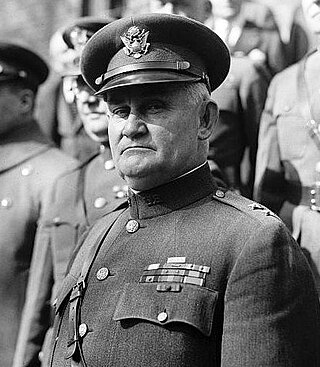
Robert Lee Howze was a United States Army major general who was a recipient of the Medal of Honor for his actions during the American Indian Wars.

Robert Olds was a general officer in the United States Army Air Forces, theorist of strategic air power, and proponent of an independent United States Air Force. Olds is best known today as the father of Brig. Gen. Robin Olds, a "triple ace" fighter pilot of World War II and the Vietnam War.
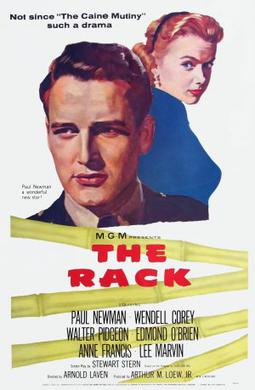
The Rack is a 1956 American war drama film, based on a television play written by Rod Serling. It was directed by Arnold Laven and stars Paul Newman, Wendell Corey, Anne Francis, Lee Marvin and Walter Pidgeon.
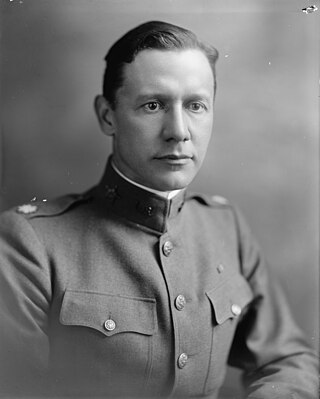
Major General Allen Wyant Gullion, USA was an American Army officer who served as the 19th Judge Advocate General of the United States Army from 1937 to 1941 and the 17th Provost Marshal General of the United States Army from 1941 to 1944.

Sky Devils, also known as Ground Hogs, is a 1932 American Pre-Code aviation comedy film starring Spencer Tracy as a draft dodger who blunders into a war zone.

Air Hawks is a 1935 American aviation-themed science fiction film based on Ben Pivar's "Air Fury", an unpublished story. Director Albert Rogell who had moved from shorts to B-films, was interested in aviation and had already helmed The Flying Marine (1929) and Air Hostess (1933). In Air Hawks, the studio was able to add an A-list star, Ralph Bellamy, as well as exploiting the fame of record-setting pilot Wiley Post in his only feature film appearance.
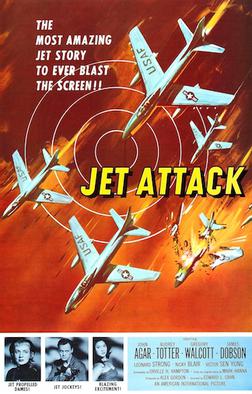
Jet Attack is a 1958 American aviation war film set in the Korean War, featuring United States Air Force (USAF) aircraft.
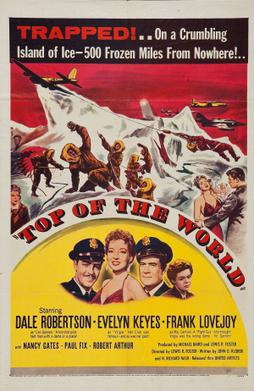
Top of the World is a 1955 American aviation adventure film, directed by Lewis R. Foster, and written by John D. Klorer and N. Richard Nash. The film starred Dale Robertson, Evelyn Keyes, Frank Lovejoy, Nancy Gates, Paul Fix, Robert Arthur, and Peter Hansen. Composer Albert Glasser composed the music to the film.

Thundering Jets is a 1958 American drama film directed by Helmut Dantine, written by James Landis, and starring Rex Reason, Dick Foran, Audrey Dalton, Barry Coe, and Robert Dix.

Hard-Boiled Haggerty is a 1927 American silent war film directed by Charles Brabin. The film stars Milton Sills and Molly O'Day, taking on two roles as both the character Germaine and her look-alike sister. Hard-Boiled Haggerty was one of the first American films to portray aerial combat in World War I.
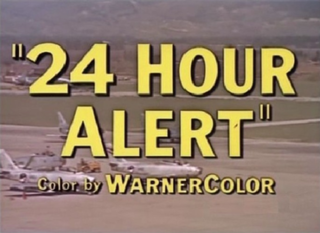
24 Hour Alert is a 31-minute 1955 American docu-drama, made by Warner Bros. The film describes how, in 1955, the United States Air Force is ready for enemy attack during the Cold War. 24 Hour Alert was directed by Robert M. Leeds from a screenplay by Beirne Lay Jr. and Richard L. Breen. With the rising number of complaints about noise from military aircraft in the 1950s, the film was intended to acquaint viewers and residents in the United States as to the importance of air defense.


















